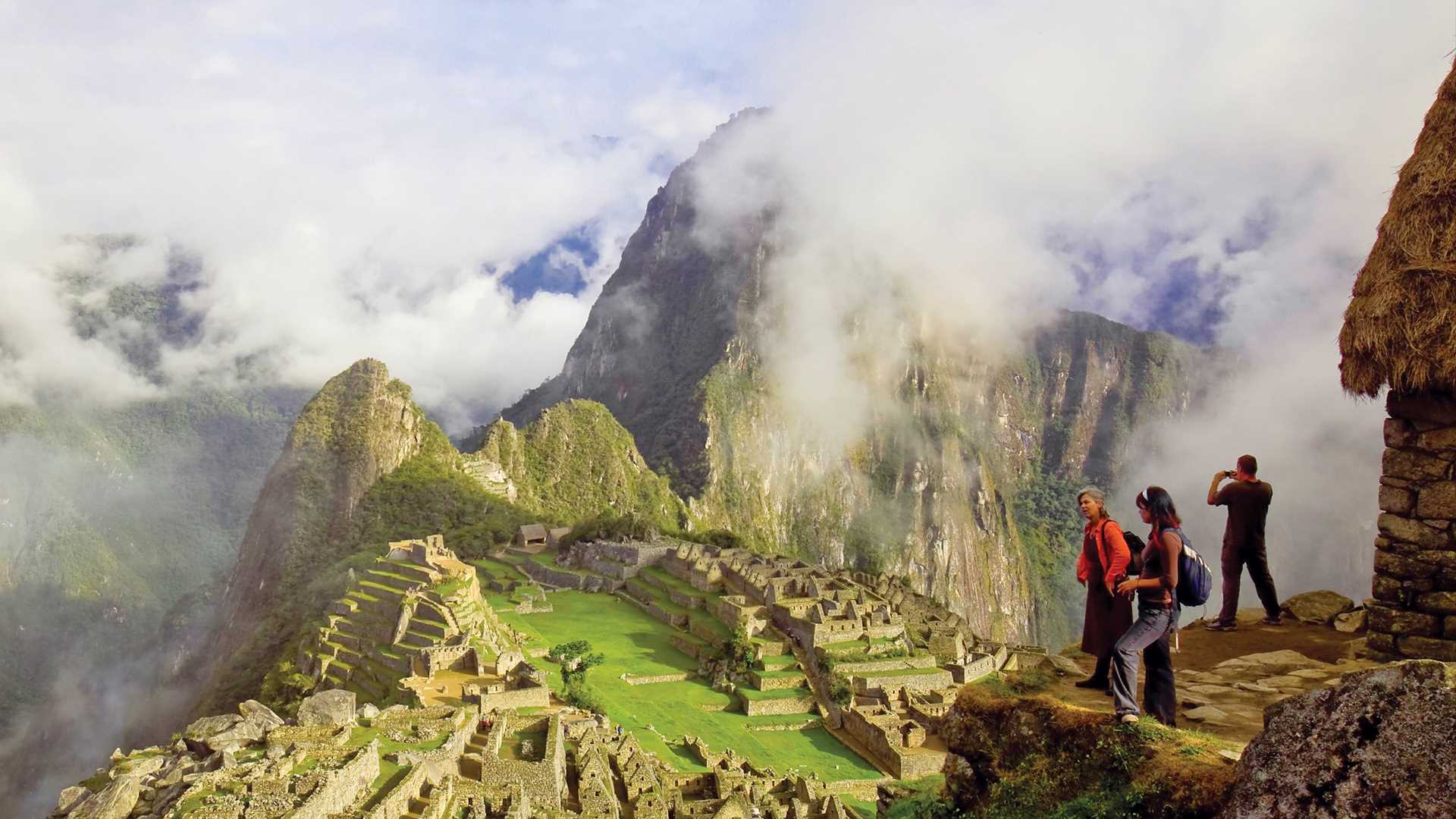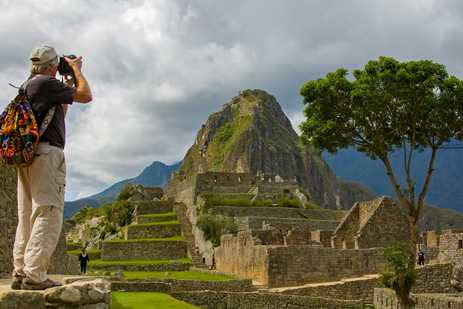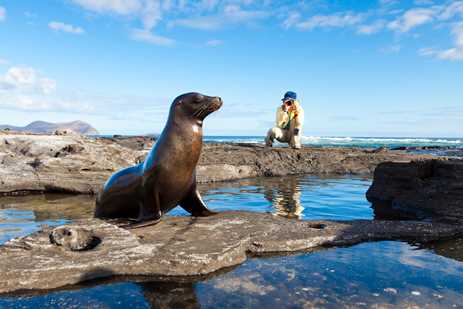A swashbuckling adventurer, Hiram Bingham III introduced Machu Picchu to the world in a big way: The entire April 1913 issue of National Geographic was dedicated to his discovery using 10,000 of his words and 250 of his photos. Get Inspired By Photos, Videos, Webinars, Stories, And Exclusive Offers. Sign Up
The son of missionaries from Connecticut, he married into the Tiffany fortune and self-financed expeditions to Venezuela and Colombia before earning a PhD in South American history from Harvard and becoming the only professor at Yale in that subject.
In July 1911 “while engaged in a search for Vitcos, the last Inca capital, I went down the Urubamba Valley asking for reports as to the whereabouts of ruins,” Bingham wrote. After a six-day trek, he camped on the property of an indigenous man living in a thatched hut who accepted 50 cents to show him ruins.
After a challenging climb in “a stupendous cañon, where…the precipices are frequently over 1,000 feet sheer,” Bingham was becoming skeptical when “we found ourselves in the midst of a tropical forest, beneath the shade of whose trees we could make out a maze of ancient walls...We came to a little open space, on which were two splendid temples or palaces. The superior character of the stone work, the presence of these splendid edifices, and…an unusually large number of finely constructed stone dwellings, led me to believe that Machu Picchu might prove to be the largest and most important ruin discovered in South America since the days of the Spanish conquest.”
The process of excavation
The expedition team found decorated pottery shards several feet below windows but when they tore apart the temple floor looking for treasure they were disappointed. A strategy of incentivizing workers and locals eventually resulted in finding burial caves, the bones of 173 people, and 5,415 lots of artifacts that ended up at Yale until a 2010 agreement for repatriation.
Bingham’s team did alter the ruins but so did previous visitors. In response to the Peruvian government being upset about the removal of “gigantic trees perched on the very tips of the gable ends of small and beautifully constructed houses,” Bingham responded that they had erased “the crude charcoal autographs of visiting Peruvians, one of whom had taken the pains to scrawl in huge letters his name in thirty-three places.”
Praise for the Inca
Bingham knew from the site that the Inca were “a highly civilized people—artistic, inventive,” “ingenious and extremely capable”—who created “great architectural and engineering works.”
However remarkable the ruins and the fact that the builders didn’t use steel or iron tools but instead cut the stones with extreme precision, what left the biggest impression was the site itself.
“The beautiful blue of the tropical sky, the varying shades of green that clothe the magnificent mountains, and the mysterious charm of the roaring rapids thousands of feet below cannot be portrayed and can with difficulty be imagined,” he wrote.
Bingham’s second and third acts
The historian gave up expeditions but did not relinquish adventure. Bingham went on to learn to fly and oversee pilot training in France during World War I; he wrote a book about the experience, An Explorer in the Air Service. He then entered Connecticut politics, becoming lieutenant governor and then governor for just one day before resigning to serve as senator, a post he held from 1924 to 1933.
Bingham’s best seller Lost City of the Incas, published in 1948, became the basis for the 1954 Charlton Heston film Secret of the Incas. The 1981 blockbuster Raiders of the Lost Ark was inspired by Secret of the Incas, so there’s a direct line between Bingham and one of the most famous action heroes of all time, Indiana Jones.






